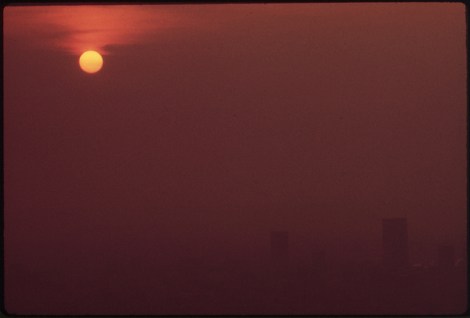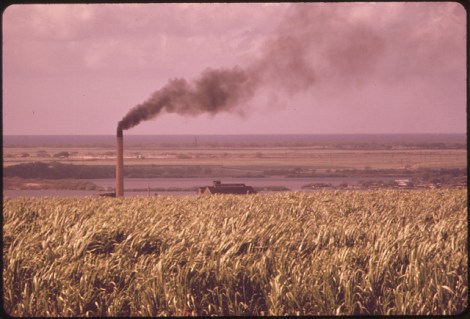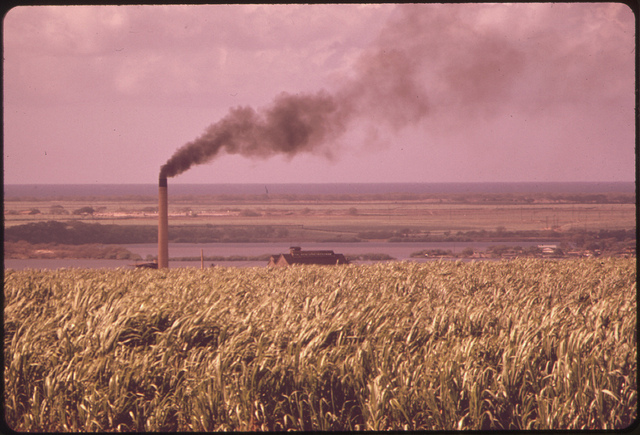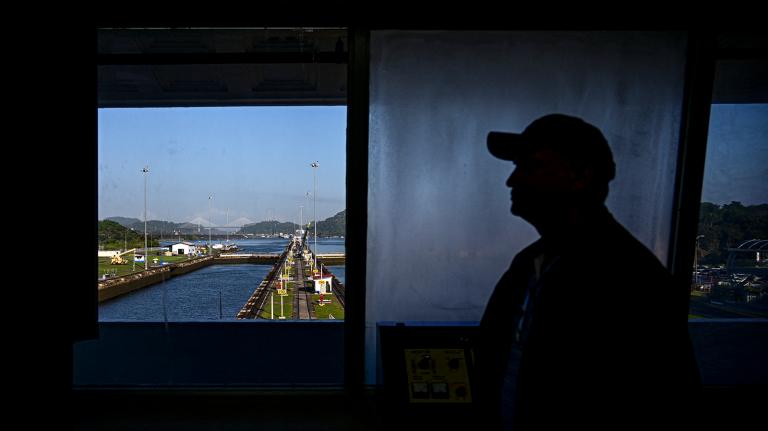Sixty years ago today, London was pitch black. The “Great Smog,” a blanket of ozone and particles of soot, covered the city for days. Photos of the event show life in a dark gray cloud, cars’ headlights on no matter the time of day. An estimated 4,000 people died prematurely as a result of the pollution. (Want to relive the great smog? Follow @ClimateActio2n on Twitter as they live-tweet it.)

National ArchivesLouisville, Kentucky, 1972.
The Great Smog was an extreme. But its constituent parts — ozone, sulfur dioxide, and soot particles — have been a problem ever since, contributing to chronic lung and heart problems and the early deaths of thousands. Pollution like that above is what prompted the adoption of the U.S.’ Clean Air Act under President Nixon, the first comprehensive attempt to regulate air pollution.
The health benefits of the Clean Air Act are legion — and continually being reinforced. Researchers from the Harvard School of Public Health recently determined, for example, that the decrease in soot (fine particulate matter) under current EPA regulations has yielded an increase in average American life expectancy of 0.35 years.
Fine particles, which are about 1/30th the average width of a human hair, come from a variety of sources, including vehicles, smokestacks and fires. They also form when gases emitted by power plants, industry and vehicle engines react in the atmosphere. …
The findings showed that cutting fine particle pollution had the greatest effect on life expectancy in urban areas – possibly because of differences in particle composition. Women also seemed to benefit more than men.
Yesterday, the EPA sent the White House a final version of a proposed rule tightening the amount of particulates allowed in the air. (We wrote about the initial proposal in June.) If approved, the new pollution standard could save between $2.3 and $5.9 billion in health costs a year. The EPA hopes to finalize the rule by Dec. 14.
As usual, the obstacle to cutting air pollution isn’t technological, it’s political. In 2011, President Obama killed a tighter restriction on ozone, worried that it would prove to be a liability during his reelection. With that behind him, there’s some reason to hope that EPA efforts to further restrict air pollution will see a smoother path forward.

National Archives
After all, London’s Great Smog was an extreme example of the dangers of air pollution, but deadly pollution doesn’t always black out the sun for a week. It’s an ongoing problem that requires ongoing study and adjustment. And, therefore, ongoing political will. The EPA regularly redraws the line on how many deaths from air pollution are acceptable. As the years pass and the damage from air pollution becomes more and more obvious, that line approaches zero.
Update: China today announced that it will spend $56 billion on reducing soot in 117 cities between now and 2015. While the air quality in many Chinese cities is generally understood to be dirtier than that of places in the U.S., it’s a big commitment on the issue.



